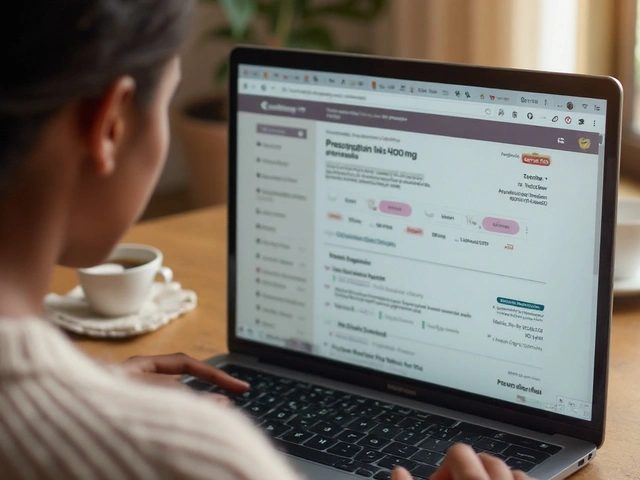Home Pregnancy Test: Easy Steps for Accurate Results
Getting a quick answer about a possible pregnancy can feel urgent. A home pregnancy test (HPT) lets you check in the privacy of your bathroom, without a doctor’s visit. It works by detecting the hormone hCG in urine, which rises soon after a fertilized egg implants. Follow the steps below to get a reliable result the first time you try.
When and How to Take a Home Pregnancy Test
Timing matters. The most accurate results come after you miss a period, usually about 14 days after ovulation. If you’re testing early, use the first‑morning urine because it contains the highest hCG concentration. Start by reading the label; each brand may have slightly different instructions, but the core steps are the same.
1. Wash your hands. 2. Open the package and set the test on a flat surface. 3. If the test has a dropper, collect urine in the dropper; otherwise, hold the tip directly in the stream for the recommended time (often 3‑5 seconds). 4. Place the test back on the flat surface and wait for the result window to appear. Most kits need 3‑5 minutes; don’t read it after the “expiry” time shown in the instructions.
When the result shows, a single line typically means negative, while two lines (or a colored plus sign) mean positive. Some digital tests display “Pregnant” or “Not Pregnant,” which can be easier to read. If the result is unclear, repeat the test after 24‑48 hours.
Choosing a Reliable Test Kit
Not all tests are created equal. Look for a brand that lists a high sensitivity, such as “detects hCG at 10 mIU/mL.” Higher sensitivity means you can test earlier. Popular options like Clearblue, First Response, and EPT have proven track records and are widely available at pharmacies and online.
Cost is another factor. Prices range from $5 to $20 for a pack of two to four tests. Buying a small pack lets you try a brand without spending much, while a larger pack saves money if you need multiple tries. Check the expiration date—old tests may give false negatives.
Read reviews for real‑world feedback. Users often mention how clear the result window is, whether the test feels comfortable to use, and if the instructions are easy to follow. Choose a kit that matches your comfort level and budget.
After a positive result, schedule an appointment with a healthcare provider. They can confirm the pregnancy with a blood test and discuss next steps. If the test is negative but you still suspect pregnancy, wait a few days and test again. Hormone levels rise quickly, so a second test often catches what the first missed.
Common mistakes to avoid include using diluted urine (like after a lot of water), not waiting the full time for the result, or reading the test after the recommended window. These errors can lead to false readings.
In short, a home pregnancy test is a simple, private tool that works best when you follow the timing, collection, and reading guidelines. Pick a sensitive, reputable brand, and you’ll get a clear answer when you need it.
Pregnancy Test Guide: Types, Accuracy, and Timing

Discover the different pregnancy tests, how accurate they are, and the optimal timing for taking them. This guide covers urine strips, digital kits, and blood tests with practical tips.
read more



